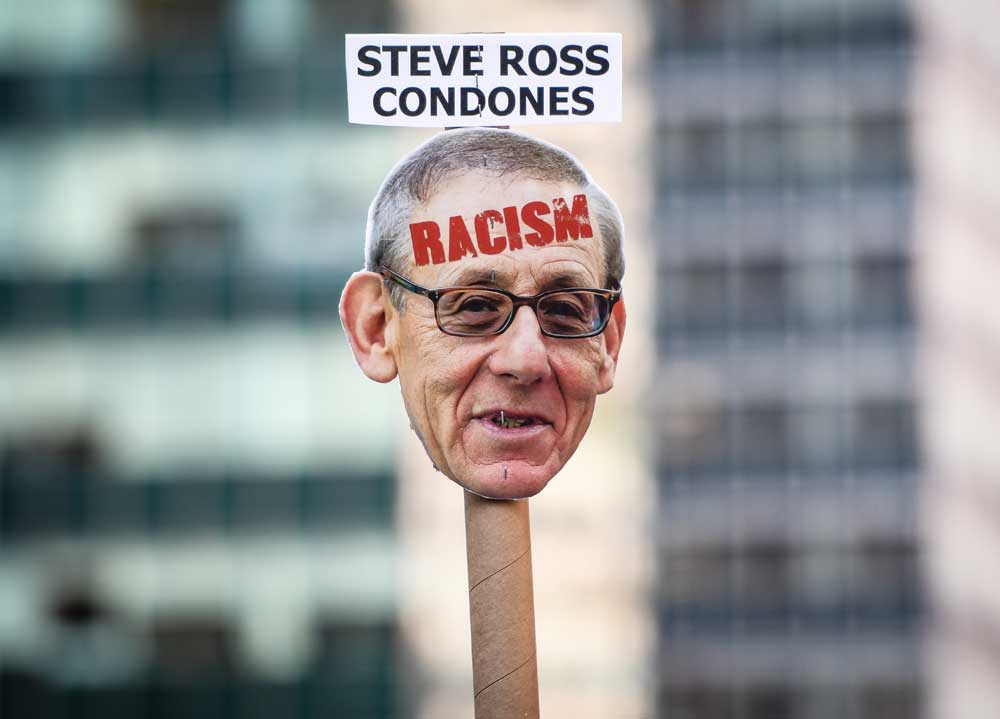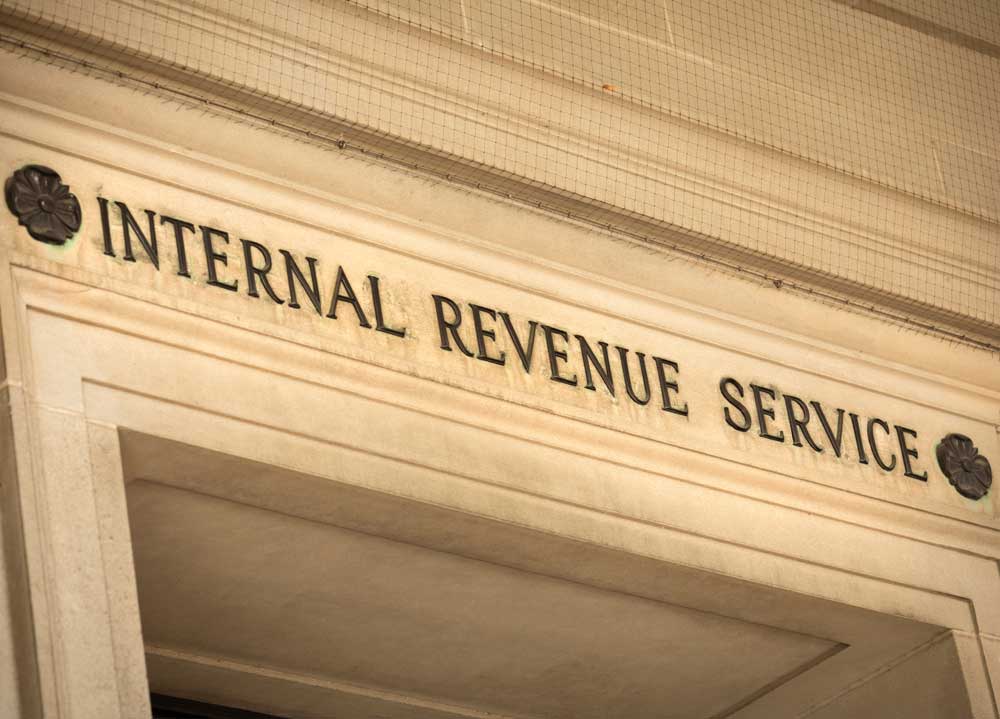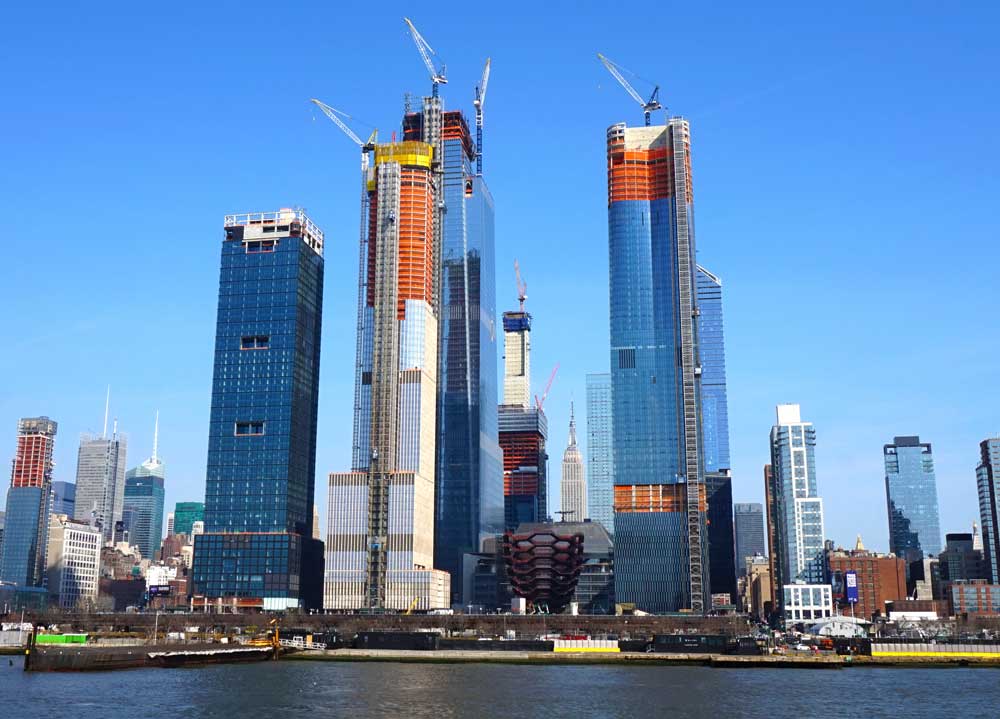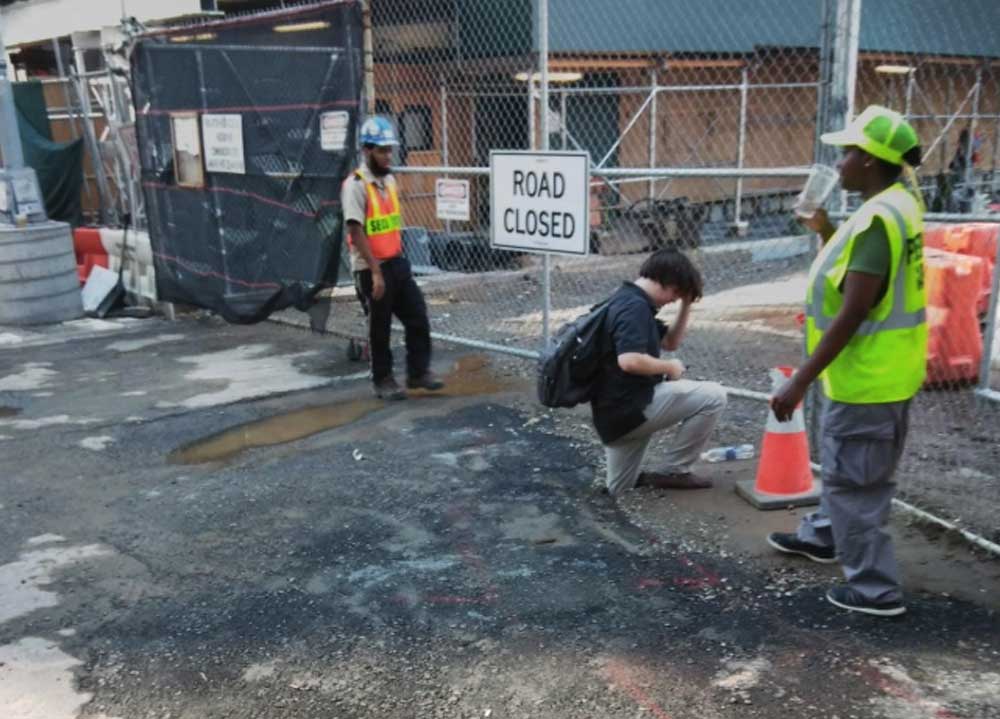A prevailing wage has come under attack from advocates looking for something cheaper. And it’s shameful!
This is New York. We don’t do “race to the bottom” here.
We don’t invite in bottom-fishers and corner-cutters to build our buildings. And we don’t scapegoat workers.
That’s because we need the best. So we build the best.
As a Commercial Observer reader, the same goes for you, too.
You don’t “race to the bottom” when it comes to staffing up your brokerage, your development company, or your investment firm.
Yet in the world of public-sector construction, prevailing wage laws have again come under attack from advocates of bottom fishing.
But prevailing wage laws are not just good for construction workers and the agencies undertaking public projects. These laws are also good for all New Yorkers.
For more than a century, New York State has maintained an important and progressive social compact: fair wages for fair work. The pay of workers engaged in public projects must align with local prevailing wage and benefit levels. Hard-working New Yorkers thus have access to good-paying jobs and proper protection from unsafe working conditions.
And with the State’s FY 2018 capital budget exceeding $14 billion, it’s critical to shake off faulty assumptions—and recognize that prevailing wage requirements also save taxpayers money.
New data now show how these rules ensure effective cost management on public projects.
The Economic Policy Institute, a nonprofit, nonpartisan think tank, recently completed a thorough cost-benefit analysis based upon independent, peer-reviewed research. It examined the work of academic economists nationwide who specialize in assessing the impact of prevailing wage laws. The analysis concluded that the policy carries little or no added burden for taxpayers. In fact, such laws increase tax revenues since better-paid construction workers pay more in sales and income taxes.
Similarly, in 2016, the Illinois Economic Policy Institute analyzed peer-reviewed studies nationwide. Seventy-five percent of them found that prevailing wages had “no statistically significant impact” on public costs.
And lower costs per hour for each worker doesn’t automatically lower project costs. This is a logical fallacy, because project costs decline by hiring more-efficient, higher-pay workers. Such workers possess the skills to work faster—and their superior commitment to the job reduces turnover.
Plus, more productive workers are efficient because they’re more likely to possess the skills and sophistication to work with first-class equipment and technologies.
This high-wage, high-skill approach is a common workforce management strategy called “efficiency wages.” It minimizes project cost through superior efficiency and is a basic management concept listed on the syllabus of labor economics courses nationwide.
Indeed, high-paying contractors often place bids on public projects that are not only comparable to bids placed by the bottom fishers, but are even more competitive than the lower-paying alternative.
These policies also protect worker health and safety. Construction work is dangerous: the U.S. Bureau of Labor Statistics found that in 2016, construction-related professions represented three of the 10 job categories with the highest fatality rate.
On worksites with prevailing wage, workers’ compensation costs are lower and construction injuries are fewer. The policy weeds out unscrupulous and unfit contractors willing to skirt safety laws and expose low-wage workers to unsafe conditions.
Prevailing wages boost living standards, increase in-state hiring, and help many non-college graduates attain middle-class status. These policies help uplift communities—while imposing minimal, if any, cost on taxpayers.
These rules also ease pressure on America’s social safety net. One analysis found that states with no or weak prevailing wage laws spend $360 million more per year on food stamps and Earned Income Tax Credits for their blue-collar construction workers than states with average or strong prevailing wage laws.
Similarly, construction workers in states with strong or average prevailing wage laws contribute more than $5.3 billion more annually in net federal income taxes than their counterparts in states with weak or no prevailing wage laws.
Prevailing wage policies enjoy support nationwide. In February 2017, a survey of 1,000 U.S. voters by Anzalone Liszt Grove Research found that 77 percent supported retention of prevailing wage legislation, while only 23 percent supported its elimination.
So don’t have a knee-jerk reaction. Instead, think holistically about prevailing wage laws. These laws uplift everyone in New York State by ensuring that the value of hard work is rewarded, that dignity is respected, and that every public dollar supports the backbone of our middle class
Gary LaBarbera is the president of the Building & Construction Trades Council of Greater New York.
This article was originally published in the Commercial Observer.







